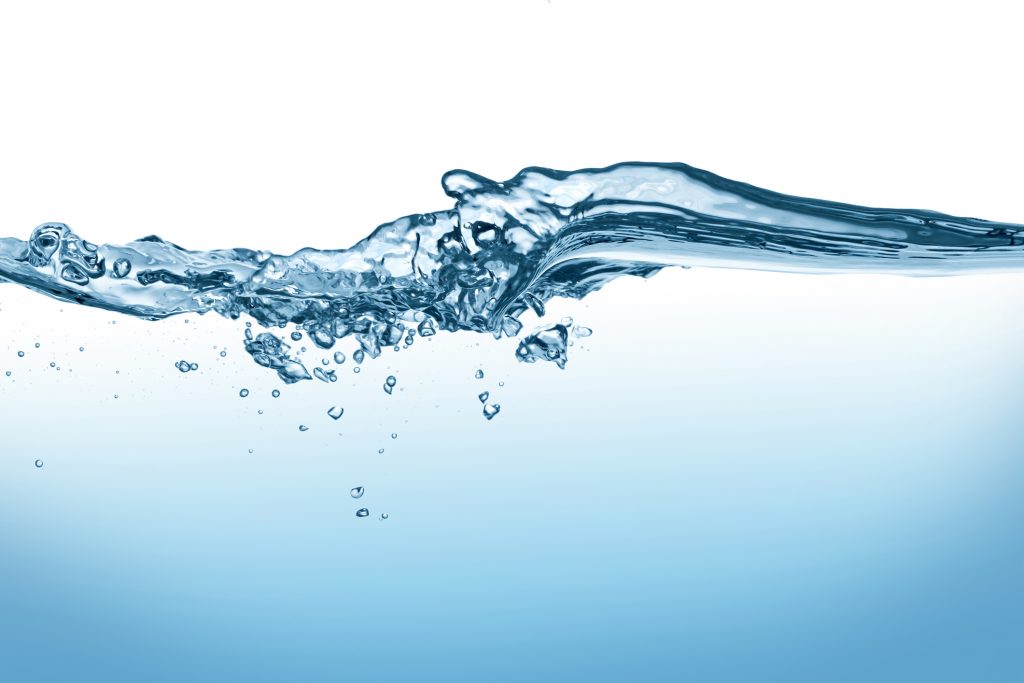Hydration is more than just quenching thirst; it’s essential for overall health. Proper hydration ensures optimal physical and mental performance, which is particularly important for nurses who are constantly on their feet, making critical decisions, and often wearing PPE that can hinder fluid intake.
Recognise the signs of dehydration
Dehydration can sneak up on anyone, especially during hectic shifts. Common symptoms to be aware of include:
• Headaches
• Tiredness
• Dry mouth
• Sore throat
• Halitosis (bad breath)
• Dizziness
• Dark urine
Tips to stay hydrated during shifts
Preparation is key: Starting the day by drinking 500ml of fluids two hours before a shift begins preps the body and sets a strong foundation for the day ahead.
Utilise downtime: Taking advantage of breaks or moments when changing PPE to hydrate. Small, frequent sips add up over time.
Accessible fluids: Setting up a hydration station on the ward makes hydration easy. Keeping a reusable bottle with a straw or spout within reach and refilling it regularly is practical.
Smart containers: Choosing containers that are easy to drink from and help monitor intake. Bottles with measurements can help track progress throughout a shift.
Hydrating fluids and snacks
Not all fluids are created equal, and some snacks can also boost hydration. The best options include:
Hydrating fluids:
• Water is always the best choice.
• Skimmed milk offers hydration with added nutrients.
• Decaffeinated beverages and moderate amounts of caffeinated drinks can help, but balance is key.
• Unsweetened herbal teas provide a flavourful alternative to plain water.
Hydrating snacks:
• Fresh fruits like oranges, strawberries, and watermelon are high in water content.
• Vegetables such as carrot sticks, celery, and cucumber are great for snacking and staying hydrated.
Conclusion
Staying hydrated is fundamental for nurses who need to be at their best to care for others. By recognising the signs of dehydration and incorporating practical tips into their routine, they can maintain their health and energy levels. You can read more on our other blog post about how nurses manage hydration in a fast-paced environment.




